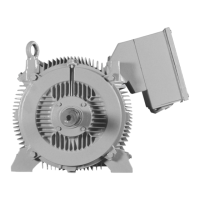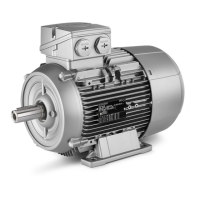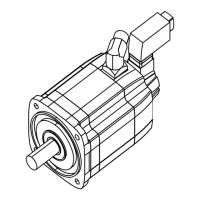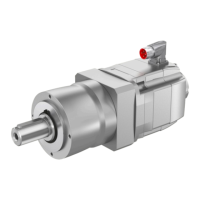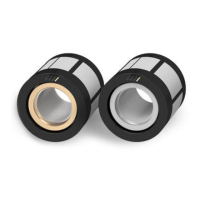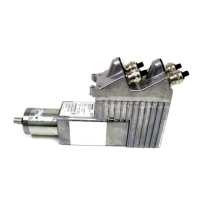Functions
2.3 Directional Overcurrent Protection Ground 67, 67N
SIPROTEC, 7SK80, Manual
E50417-G1140-C344-A5, Release date 11.2012
87
2.3 Directional Overcurrent Protection Ground 67, 67N
The directional ground overcurrent protection comprises three elements for the ground current. All elements
are independent of each other and can be combined as desired.
The high-current elements 67N-2, 67N-3 and the overcurrent element 67N-1 always operate with a definite trip-
ping time, the third element 67N-TOC always uses an inverse tripping time. Each of these elements can work
directional or non-directional.
Applications
• The directional ground overcurrent protection also allows the 7SK80 multifunctional protection devices to be
used in systems where selectivity depends on both the magnitude of the fault current and the direction of
power flow to the fault location.
• The (non-directional) time overcurrent protection described in Section 2.2 can operate as backup protection
or it can be disabled. Additionally, individual elements (e.g. 67N-2) can be interconnected with the directional
ground overcurrent protection.
2.3.1 General
Depending on the setting of parameter 613 Gnd O/Cprot. w., the ground current element can operate either
with measured values I
N
or with the values 3I0 calculated from the three phase currents. Devices with sensitive
ground current measurement, however, generally use the calculated quantity 3I0.
The directional orientation Forward, Reverse or Non-Directional can be set individually for each element
(Non-Directional from V4.7 on).
For each element the time can be blocked via binary input thus suppressing the trip command. If the blocking
is cancelled during pickup, the timer will be restarted. The Manual Close signal is an exception. If a circuit
breaker is manually closed onto a fault, it can be re-opened immediately. For the overcurrent elements the
delay can be bypassed via the Manual Close pulse which results in instantaneous tripping upon pickup.
Pickup stabilization for the 67/67N elements of the directional overcurrent protection can be accomplished by
means of settable dropout times. This protection comes into use in systems where intermittent faults occur.
Combined with electromechanical relays, it allows different dropout responses to be adjusted and a time
grading of digital and electromechanical relays to be implemented.
Pickup and delay settings can be quickly adjusted to system requirements using the dynamic cold load pickup
function (see Section 2.4).
By activating the inrush restraint feature, tripping by the directional 67N-1 or 67N-TOC elements can be blocked
when inrush current is detected.
The following table gives an overview of the interconnection to other functions of the 7SK80.
Table 2-5 Interconnection to other functions
Directional time overcurrent
protection elements
Manual CLOSE Dynamic cold load
pickup
Inrush restraint
67N-1 • • •
67N-2 • •
67N-3 • •
67N-TOC • • •

